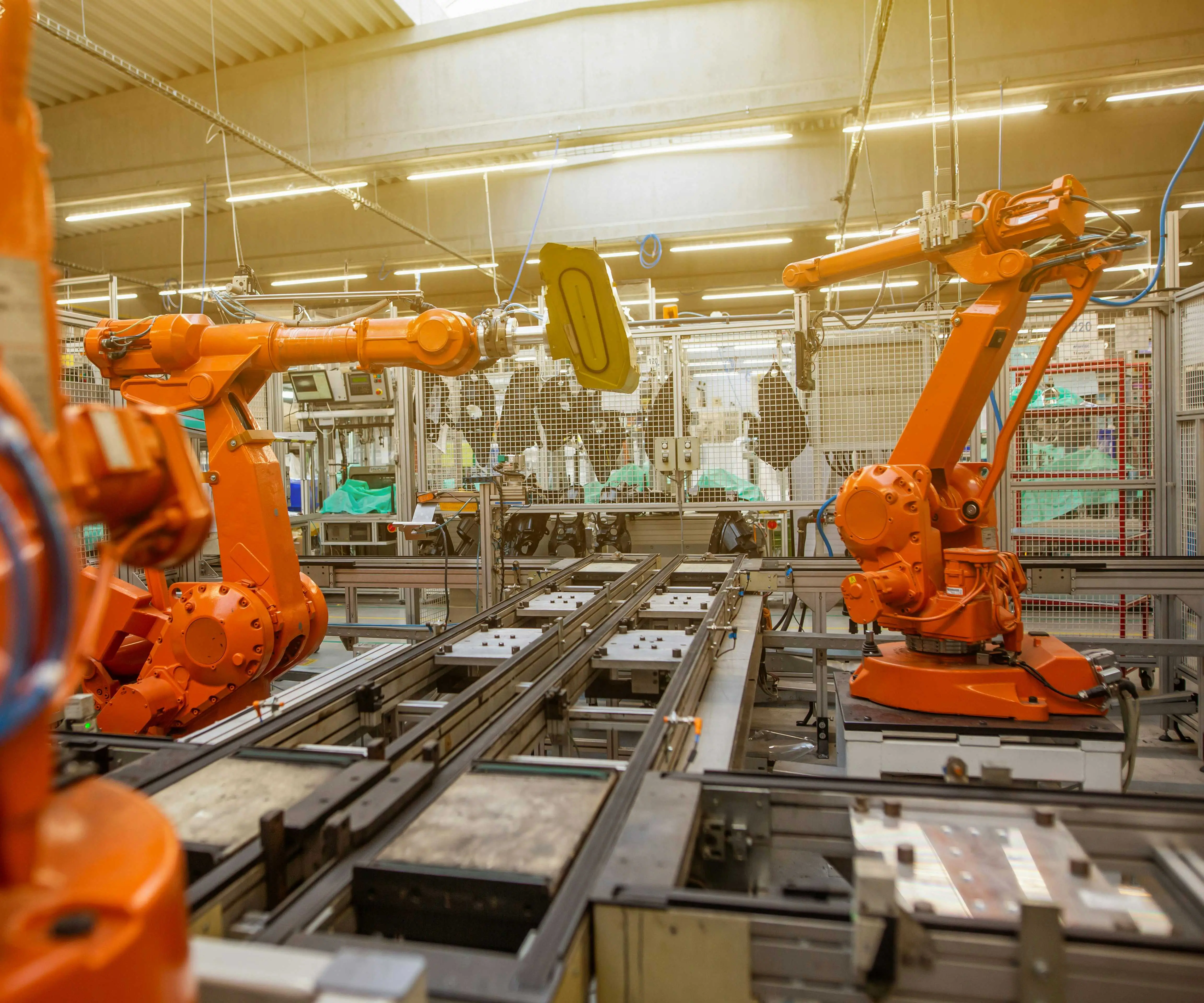Imagine trying to manage a sprawling ecosystem of microservices — each one doing its thing, but somehow needing to work harmoniously. That's where Domain-Driven Design (DDD) jumps in, transforming chaos into clarity. It's like turning a jumble of puzzle pieces into a coherent image, with each piece representing a part of the overall business domain.

When you dive into microservices, everything can feel scattered. But DDD offers a way to group related functionalities into what's called "bounded contexts." Think of these as mini-teams within your system, each owning a specific part of the business logic. This approach makes scaling easier, and debugging feels less like finding a needle in a haystack.
One of the key ideas here is focusing on the core domain — the part of your system that brings the most value. Instead of getting lost in obsessing over every tiny detail, DDD nudges you to concentrate on what truly matters. This mindset reflects in your architecture: clear boundaries, well-defined interfaces, and domain logic that mirrors real-world processes.
Does that make sense? You might wonder how DDD impacts your day-to-day work with microservices. Well, it streamlines communication between teams, because everyone speaks the same language — the ubiquitous language embedded in the model itself. No more ambiguous terms causing confusion. Instead, you get a shared understanding, which speeds up development and reduces friction.
Let's consider a real-world example. Suppose you're working on an e-commerce platform, and order fulfillment and payment processing are separate microservices. With DDD, each service would have its own domain model, reflecting the distinct rules and data involved. When a new feature, like discount codes, needs to be added, you focus on the relevant bounded context. This modularity makes updates less risky and more manageable.
Some might ask: Is DDD too abstract for practical use? Not really. Right from the start, it encourages designers to think in terms of business problems instead of technical layers. You gain a lens that helps you see the complex interactions clearly and structure your services around them.
In the end, adopting Domain-Driven Design in microservices isn't just a technical choice. It's a philosophy — about understanding your business deeply and translating that into your architecture. It’s about breaking down complexity and building systems that are resilient, easy to evolve, and aligned with what truly matters. That’s the kind of design that makes developers and stakeholders alike nod in approval, knowing their system can stand the test of time.
Established in 2005, Kpower has been dedicated to a professional compact motion unit manufacturer, headquartered in Dongguan, Guangdong Province, China. Leveraging innovations in modular drive technology, Kpower integrates high-performance motors, precision reducers, and multi-protocol control systems to provide efficient and customized smart drive system solutions. Kpower has delivered professional drive system solutions to over 500 enterprise clients globally with products covering various fields such as Smart Home Systems, Automatic Electronics, Robotics, Precision Agriculture, Drones, and Industrial Automation.




































